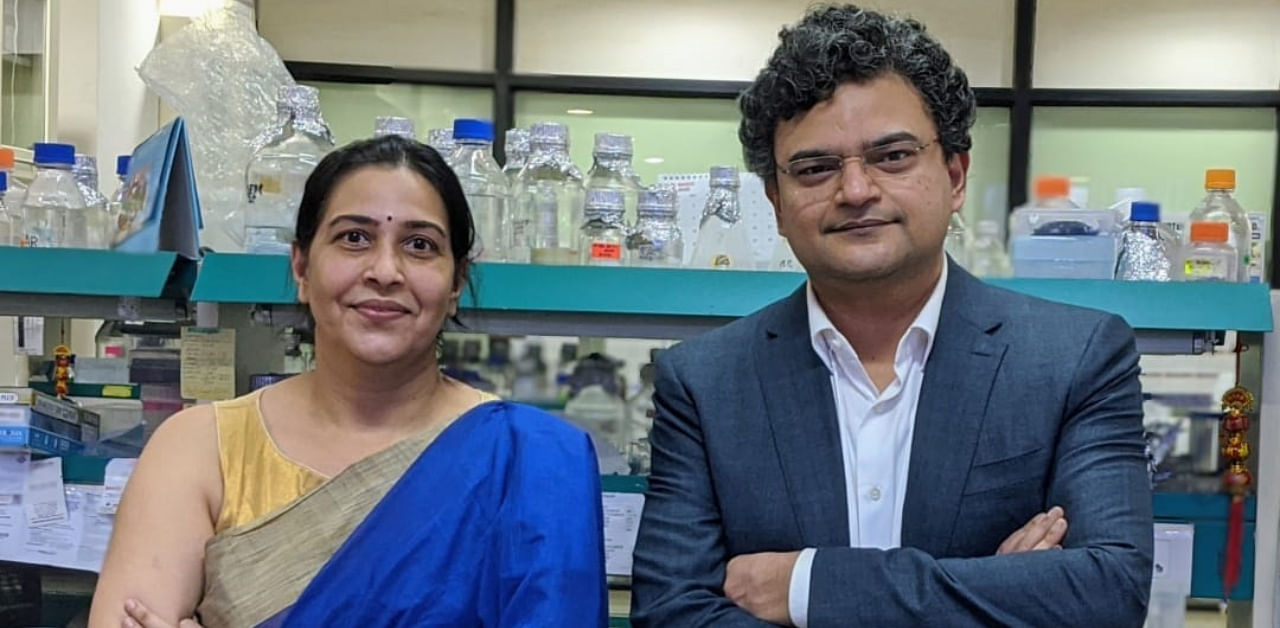
Charting a new course that may lead to a novel therapy against malaria, biologists at the Jawaharlal Nehru University (JNU) have found a unique way to cripple the malaria parasite before it can enter the safe haven of red blood cells for multiplication.
Though it’s early days, the discovery opens up the doors to look at options to improve the efficacy of existing drugs like chloroquine and artemisinin as the parasites are getting resistant to these medicines. India’s first case of artemisinin resistance was reported in 2018.
The strategy adopted by JNU scientists works by blocking the route that Plasmodium falciparum (the one that causes the more dangerous cerebral malaria) parasites take to invade the red blood cells (RBCs).
From a library of thousands and thousands of synthetic molecules, the researchers spotted one that blocks interaction between two crucial proteins the parasite uses to enter the blood cells.
The proteins are known as Myosin A and its interacting partner, MTIP (Myosin A Tail Interacting Protein). The synthetic molecule that binds to the Myson-MTIP complex is called ZA1.
"The idea here was to break the cycle of the parasite at the very first step when it is trying to invade our RBCs. The binding of Myosin A to its physiological interacting partner (MTIP) is crucial for generating the force for parasite’s motility,” said JNU scientist Anand Ranganathan, one of corresponding authors of the study.
Ranganathan and his team collaborated with another JNU group headed by Shailaja Singh and Nishant Joshi at Shiv Nadar University, Greater Noida, to identify a new drug target and shortlist the right candidate for the job.
“We found a potently strong interaction between ZA1 and Myosin A. The interaction doesn’t allow Plasmodium’s motor machinery to function the way it should,” said Zill e Anam, lead author of the study.
The team truncated the molecule further to create a smaller unit (named ZA1s) that maims the parasite even better.
“The next step is to crystallise the ZA1s, which we could not do in the last six months due to the lockdown. The process of drug development would start once the crystal structure of the molecule is understood,” Ranganathan told DH.
“A major hurdle that we currently face in malaria treatment is the parasite’s non responsiveness to artemisinin and chloroquine. Our study is a step forward in that direction,” said Shailja Singh, who is also the corresponding author of the paper.
India remains the only country outside Africa that contributes to 80% of the global malaria burden and death.
The JNU study has been published in the International Journal of Molecular Sciences.
